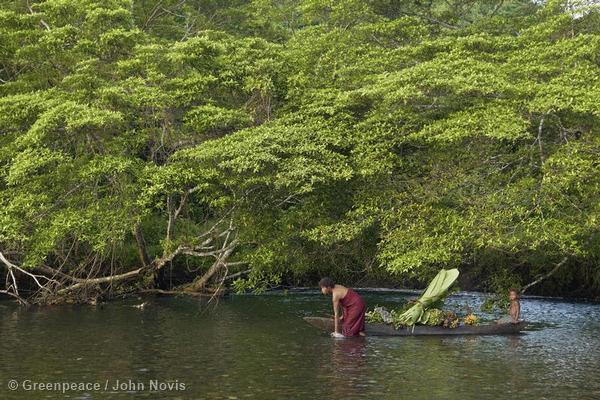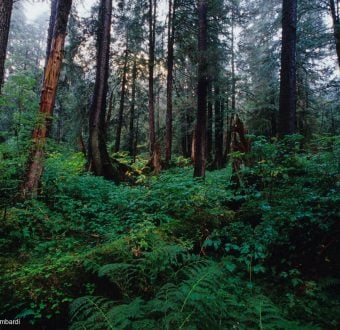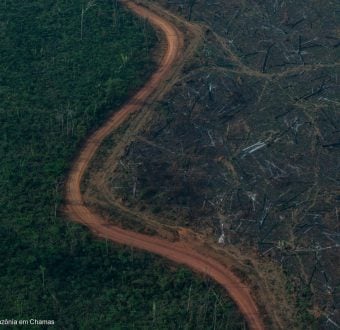It seems obvious, but any operation certified as responsible forest management should not threaten the worlds most important forests. Although the Forest Stewardship Council (FSC) features protecting High Conservation Value Forests (HCV) as one of its fundamental principles, consistent rules and guidance on how to recognise and manage these ecosystems ecological and social values is lacking on a global level for the FSC system.
The stakes are high. High conservation value forests include endangered species habitat, high amounts of carbon that we should keep in the forest, vital water systems, and crucial places of importance for forest communities. Especially important for conservation are large intact forest landscapes, the few large swathes of forest that remain today but are under threat asmy colleague Janet Cotter pointed outrecently.
In order to truly be responsible and ensure consistency in the application of its principles and criteria, FSC needs to urgently produce a toolkit for forest managers on how to protect these forests. This must also include identifying clear rules for where industrial logging and road building is appropriate or where it is completely off-limits so that we dont lose any more species, primary forests are not fragmented and forest-dependent communities can continue to thrive.
The latest case study in our series showsFSC At Workby profiling how theMendocino Redwood Companyin California meets and exceeds FSC forest management requirements and utilises deliberate conservation of high conservation areas as a part of its business model. The result has been an improvement in community relationships and improved ecosystem health. Unfortunately, this is the exception and not yet typical in the FSC system because many operations either fail to clearly understand how to identify and maintain high conservation value forests, or try to get away with doing the minimum thereby, in many cases, still threatening or degrading the HCVs of the forests.

All access is by foot or by boat within the Tavolo FSC certified community forest management area in New Britain, Papua New Guinea.
To ensure more organisations are performing like Mendocino and to address stakeholders concerns like Greenpeaces on FSCs failure to protect high conservation values in forests, FSC must urgently finalise and publish its long promised and very overdue HCV management guidance.
While FSC continues to talk about providing guidance for protecting HCV forests, untouched forests continue to be chopped up into smaller parcels (fragmented) making them more vulnerable to fires and a warmer and drier climate, species at risk pushed ever closer to extinction and, forest dependent communities are robbed of their livelihoods – all under the FSCs watch.
You would think that the worlds strongest certification system would give customers an option that they can consistently trust. Frankly, the forests and all that depend on their conservation cant wait anymore.


